The Bode Museum is one of a cluster of museums on Berlin’s beautiful Museum Island. The museum is best known for its quite comprehensive collection of European sculpture, but it also contains a collection of Byzantine art and a large numismatic collection.
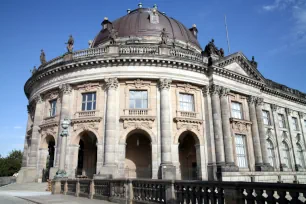
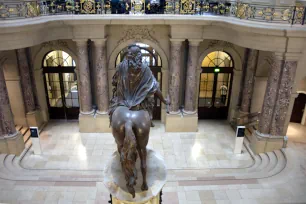
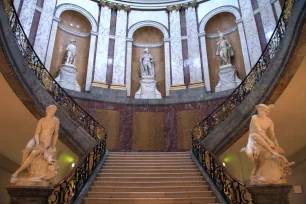
The museum stands like a beacon in the Spree River, and its curved shape follows the contour of the island’s western tip. The domed building was erected between 1897 and 1904 to a Neo-Baroque design by Ernst von Ihne, the court architect of Emperor Frederick III.
History
The museum was at first known as the Kaiser-Friedrich-Museum (Emperor Frederick Museum). Originally conceived as a museum dedicated to Renaissance art, it soon housed a wide-ranging collection of European art.
In 1956 the museum was renamed after its first director, Wilhelm von Bode, who was responsible for significantly expanding the museum’s collections.
The Bode Museum suffered so much damage during the Second World War that it was slated for demolition. Fortunately, protests from concerned citizens saved the building and restoration started in 1948. The restoration would drag on until 1986. Another round of renovations, completed in 2005, brought the museum up to modern standards.


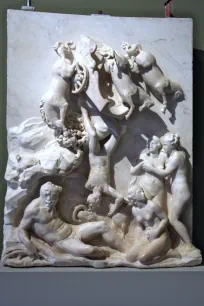
Collections
Sculpture Collection
The sculpture collection of the Bode Museum was first created as the royal art collection of the Hohenzollern family, who ruled over Prussia for more than eight hundred years. Today, the collection encompasses sculptures from the late antiquity to the nineteenth century. It mainly comprises Italian and German sculpture, but there are also works from Spain, the Netherlands and France.
Highlights from the Italian collection include a twelfth-century statue of the Madonna; Antonio Canova’s elegant ‘Dancer’; and several terracotta roundels created by the Florentine artists Andrea della Robbia and his uncle Luca della Robbia. The museum also owns pieces by Mino da Fiesole, Antonio della Porta, Donatello, Gianlorenzo Bernini and Desiderio da Settignano. Also, not to miss is the Tiepolo-Kabinett, a small room on the upper floor decorated with stucco and frescoes created by Giovanni Battista Tiepolo.
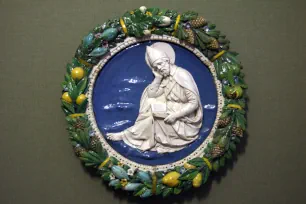

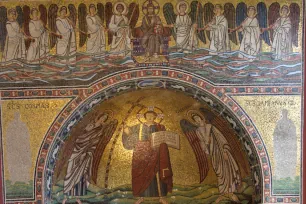
The German collection is particularly exhaustive, with several beautiful works from the fifteenth-century woodcarver Tilman Riemenschneider and his contemporary Nikolaus Gerhaert van Leyden. Also impressive are the gilded statues of Holy knights, created in the seventeenth century. Finally, you won’t be able to miss the replica of Andreas Schlüter’s equestrian statue of Frederick William I, the centerpiece of the museum’s entrance hall. The original is located in the courtyard of the Charlottenburg Palace.
Museum of Byzantine Art
The Museum of Byzantine Art in the Bode Museum contains a collection of artworks from the third century to the fifteenth century. Here you find intricately sculpted Roman sarcophagi, sculptures from the Byzantine Empire and mosaics, including a large apse mosaic from Ravenna, Italy.
Numismatic Collection
The Münzkabinett in the Bode Museum has one of the most important numismatic collections in the world, with over 500,000 coins and medals. The oldest coin dates back to the seventh century BC and was found in Asia Minor. More than 150,000 coins are from the antiquity, but there are also plenty of coins from the Middle Ages and from regions outside Europe, including Asia and South America.

